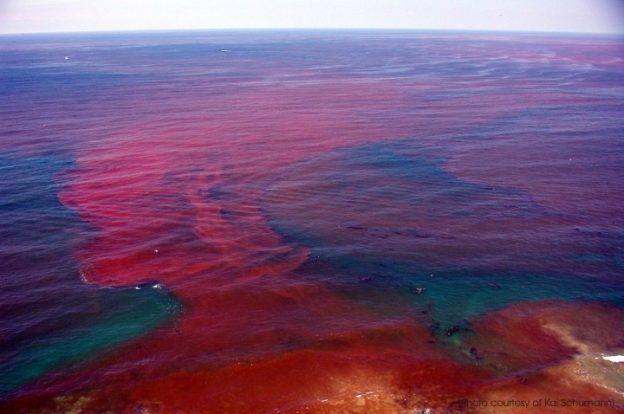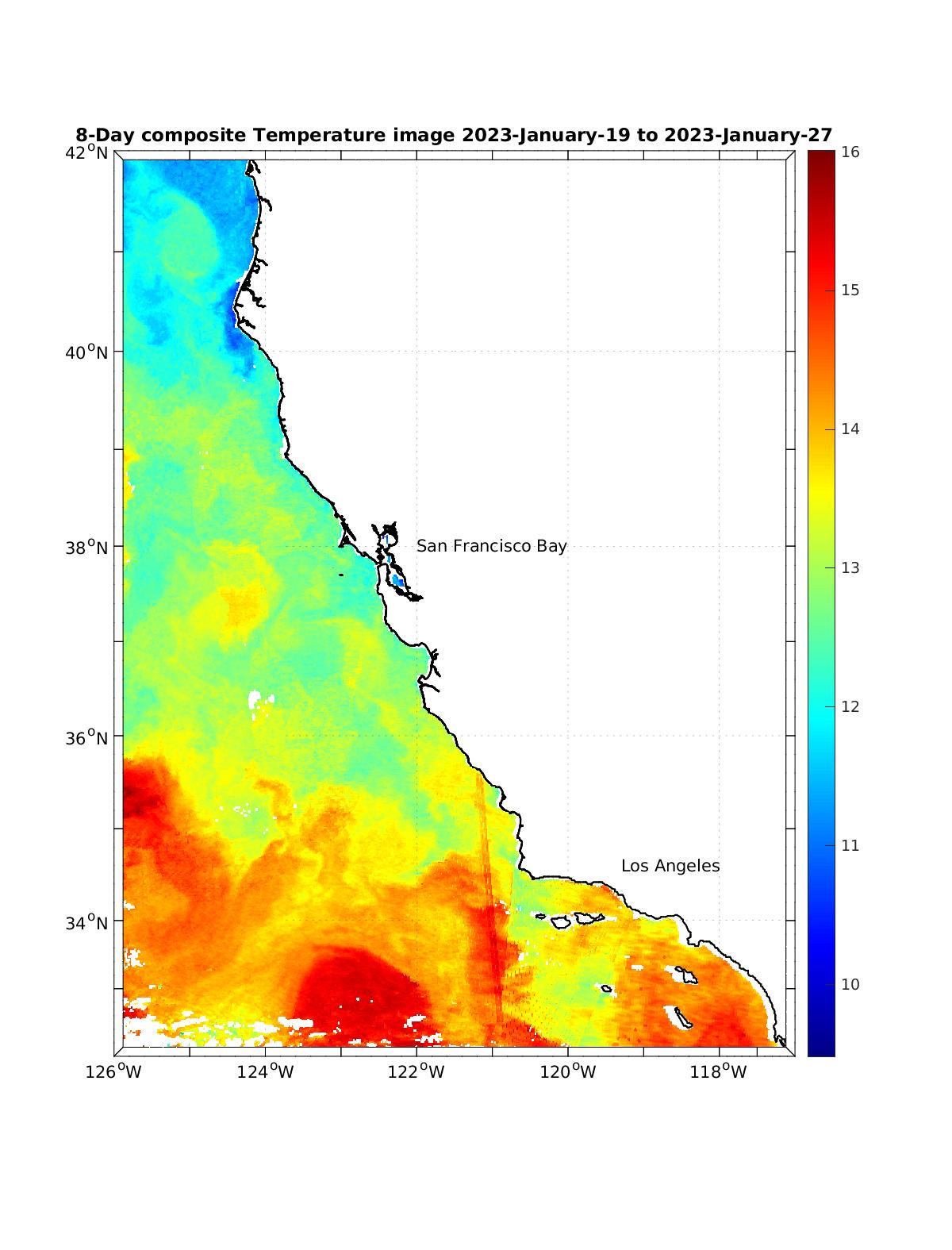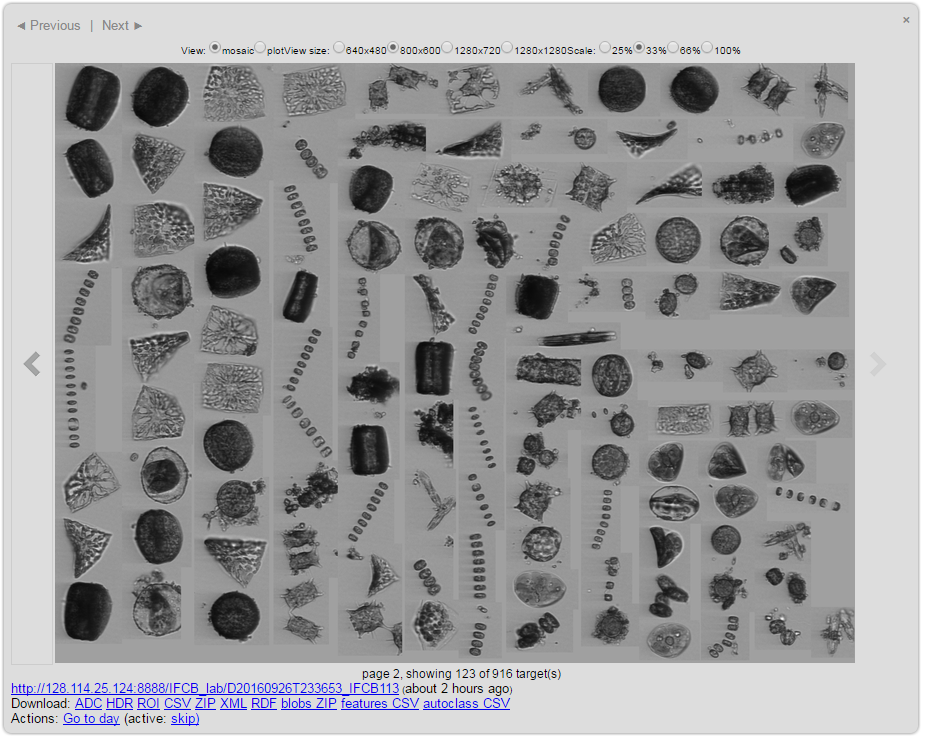There are thousands of species of algae — phytoplankton — in fresh and marine waters. They are essential to life as we know it, forming the basis of the food web and providing an important source of the oxygen we need to breathe. While most species are harmless to humans and animals, some are toxic. When these species multiply — creating harmful algal blooms (HABs) — they can wreak havoc on human and marine animal health, contaminate seafood and devastate local economies.
HABs are also on the rise world-wide and across the U.S., where virtually every coastal state is now threatened. There is no single factor that accounts for blooms across regions and among differing HAB species. Scientists believe several factors may be in play, including increased scientific awareness of toxic species, increased runoff of nutrients from land, increased recreational use of coastal waters and fisheries and changing climate and oceanographic conditions.
Regular measurements of potentially harmful algae and the toxins they produce is critical to the health of humans and marine ecosystems alike.
Rising to Meet the Challenge
CeNCOOS supports routine algae and toxin sampling by our partners at coastal locations throughout the region, including Santa Cruz, Monterey and San Francisco Bay, and is a partner in an innovative regional collaboration called the California HAB Monitoring and Alert Program (CalHABMAP).
HABMAP hosts a website where anyone can access weekly algae and toxin data from piers in California. CeNCOOS supports operations at two of those locations.
In 2019, SCCOOS and CeNCOOS improved its HABMAP web interface, which now includes weekly monitoring information from nine university-run or municipal pier stations along California’s coast. The page includes information on a suite of HAB species and information about the presence of the neurotoxin domoic acid (DA), which is caused by Pseudo-nitzschia. The page also includes an interactive plotting tool for the recorded observations at each site.



